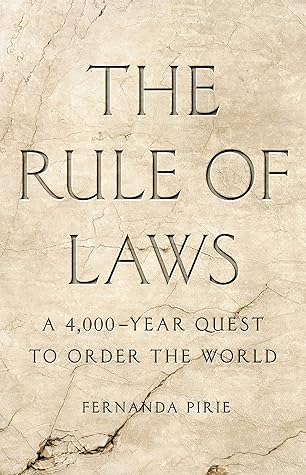Local laws, rooted in tradition, united groups of farmers, artisans, and traders and defined the behaviour expected of their members, but the Dharmashastras provided a common vision of social structures and relations. As one scholar put it, the Dharmashastra was a meta-level law, a source of ideas and arrangements that Indian people could use in different ways in very different places.43 Those at the top of the caste hierarchy thus maintained a relatively unified set of ideas and rules throughout the patchwork of kingdoms and communities that made up premodern India.
Welcome back. Just a moment while we sign you in to your Goodreads account.


